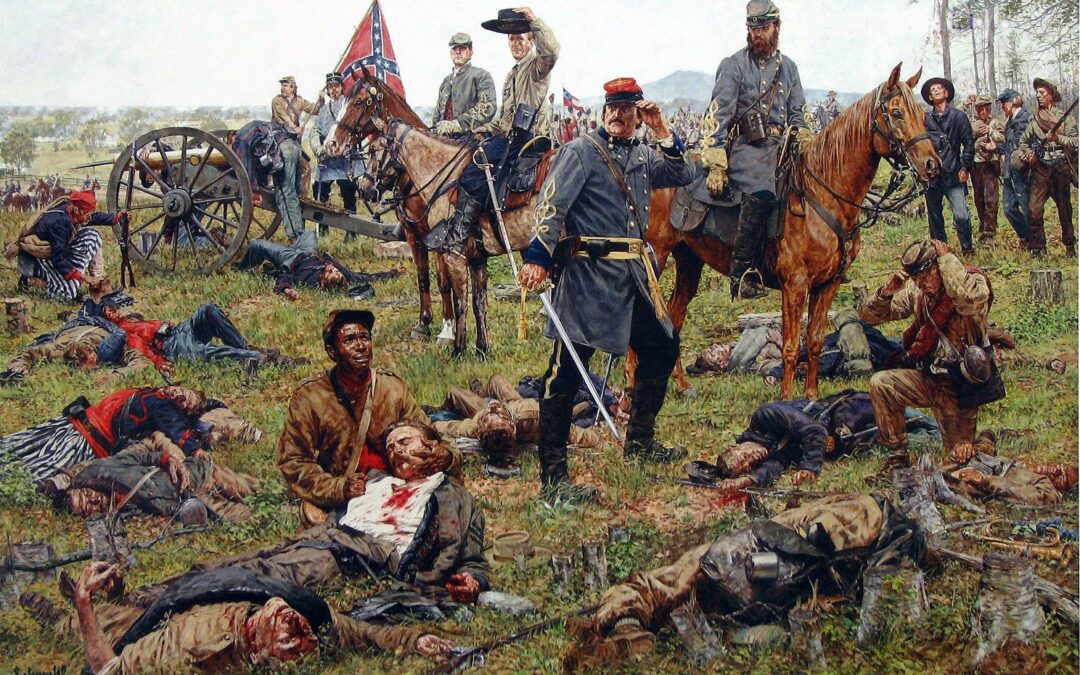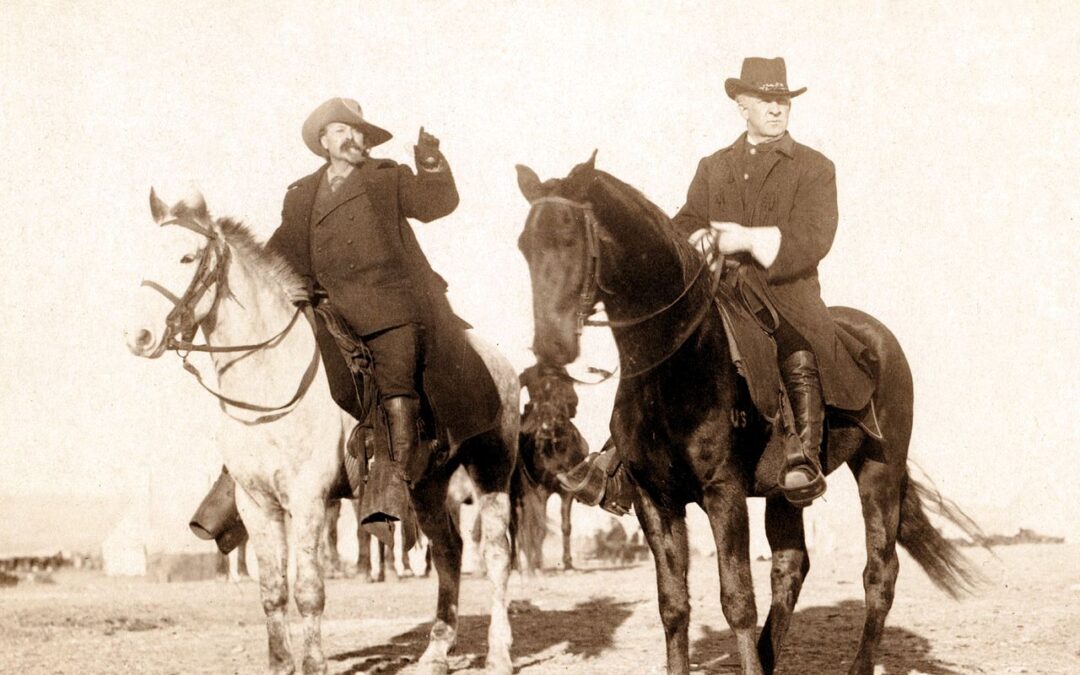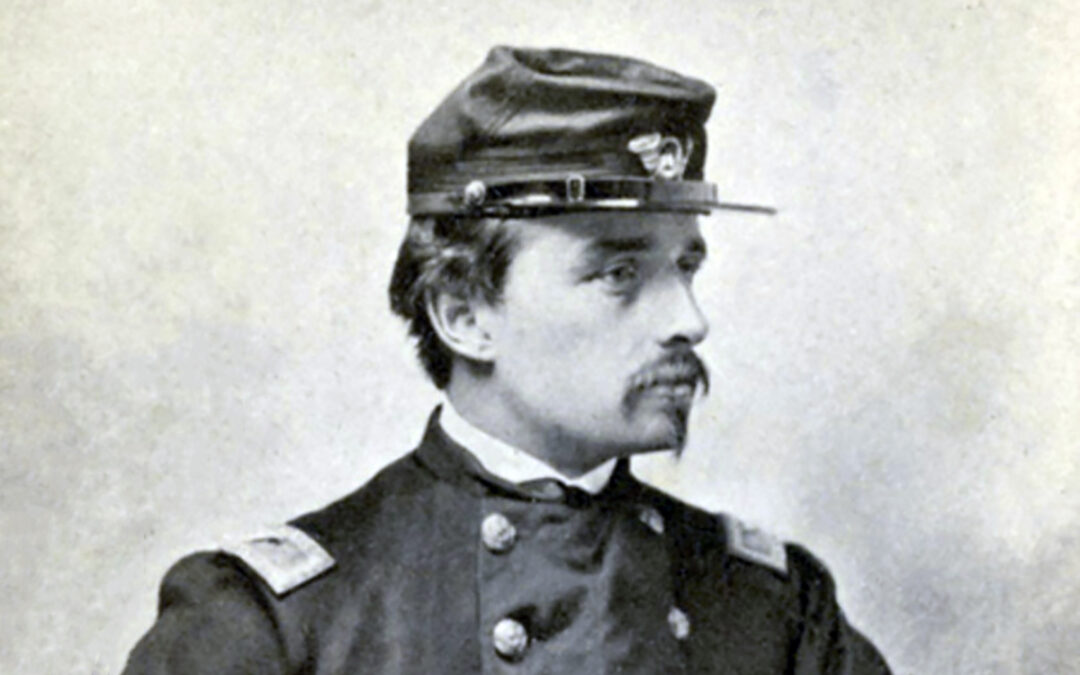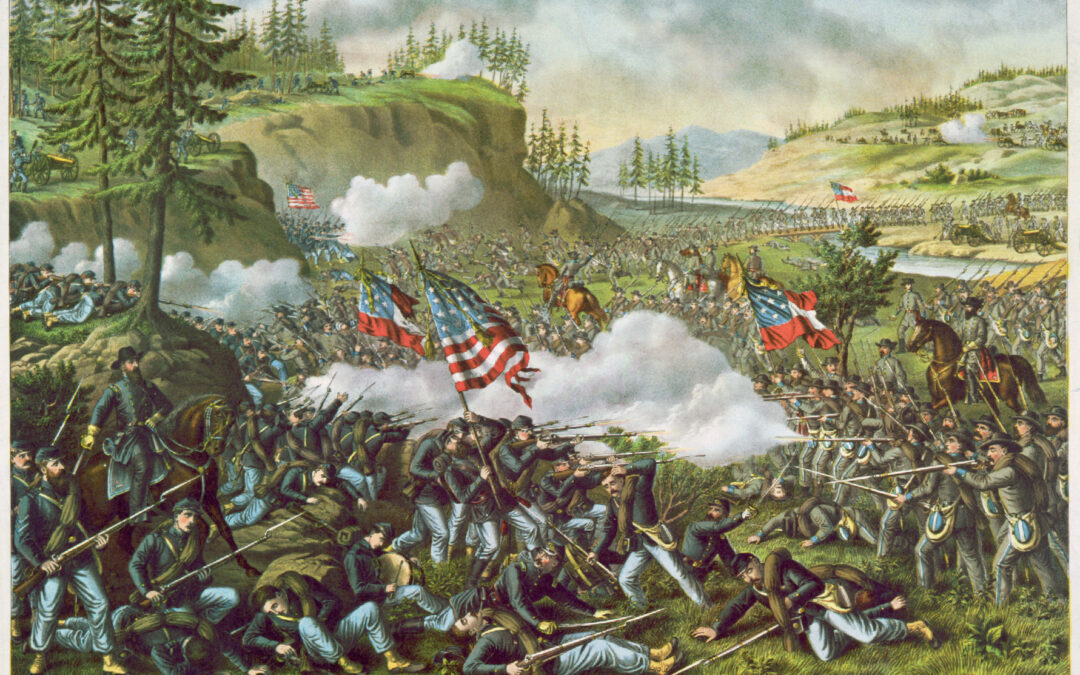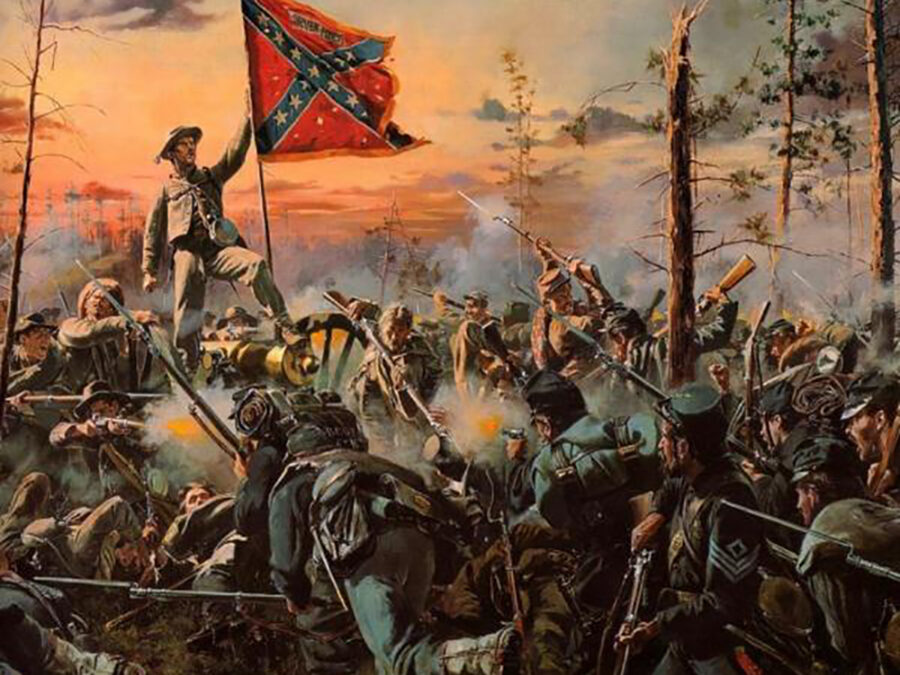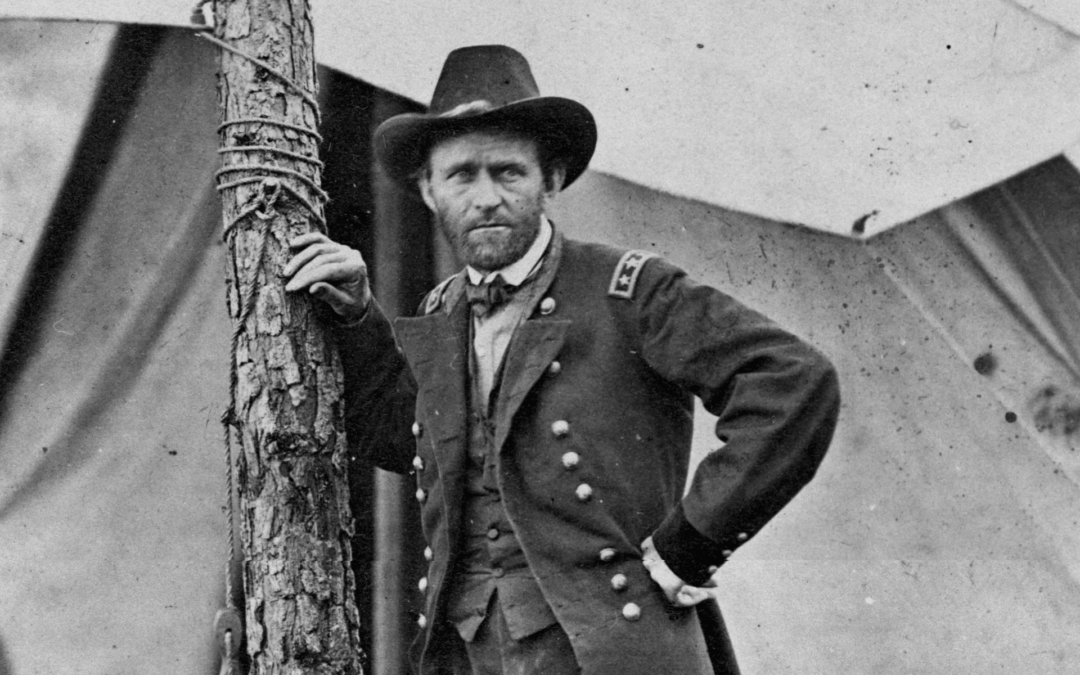On May 15, 1862, the Battle of Drewry's Bluff, also known as the Battle of Fort Darling, was fought between Union and Confederate forces at a sharp bend on the James River near Richmond, Virginia. Union forces were stationed aboard warships in the river, and Confederate forces were high on a fortified bluff. Richmond was the Confederate capital and vulnerable to attack by the Union Army on land, and by the Union Navy through the navigable James River. In March 1862, Confederate Captain Augustus H. Drewry ordered the construction of fortifications and the installation of large guns on his property, which was on a 90-foot bluff above the James River, and just seven miles from Richmond. Early in May, Norfolk fell to Union forces and the Confederate ship C.S.S. Virginia took refuge to avoid capture. This left the James River at Hampton Roads exposed and open to Union warships. At Drewry's Bluff, Confederate forces filled the river with underwater obstructions, including debris, sunken...




